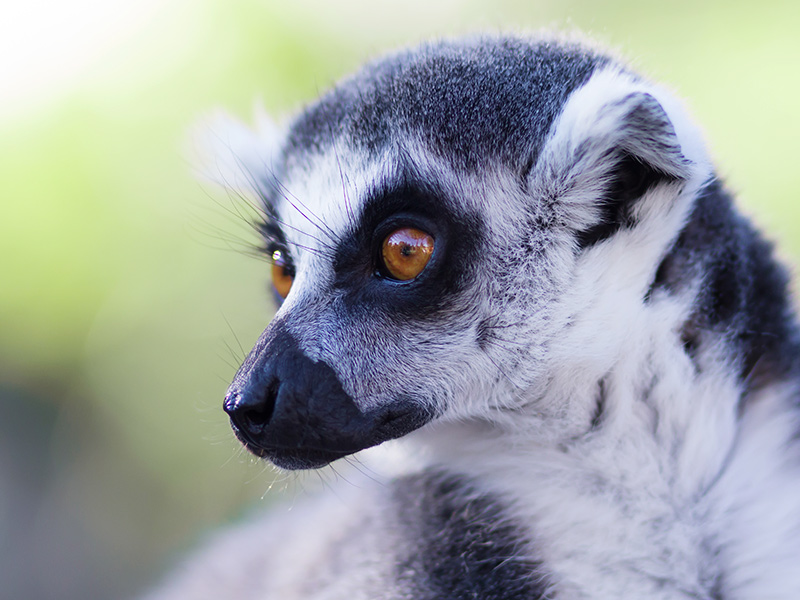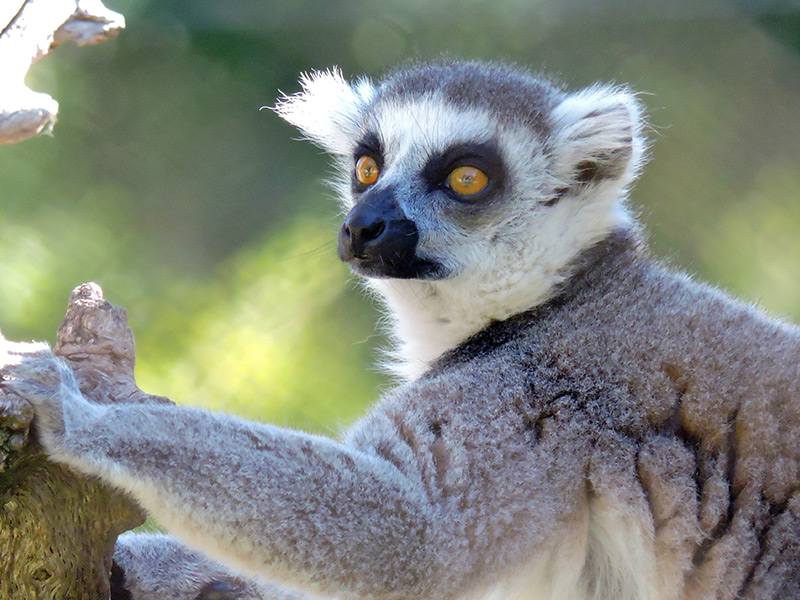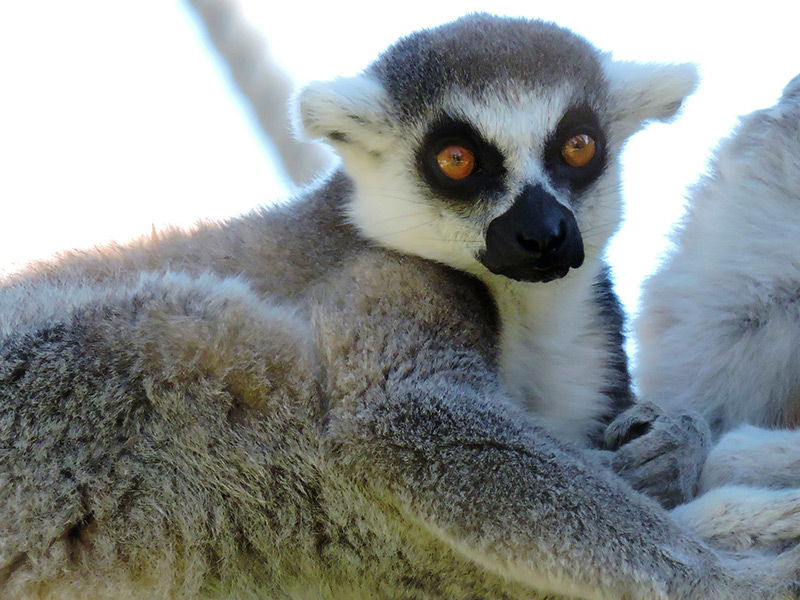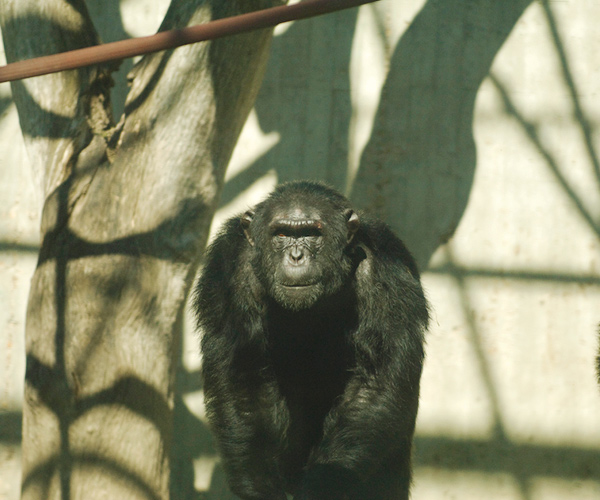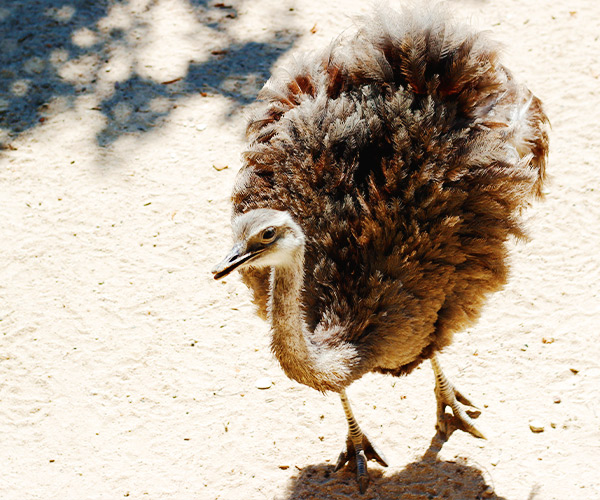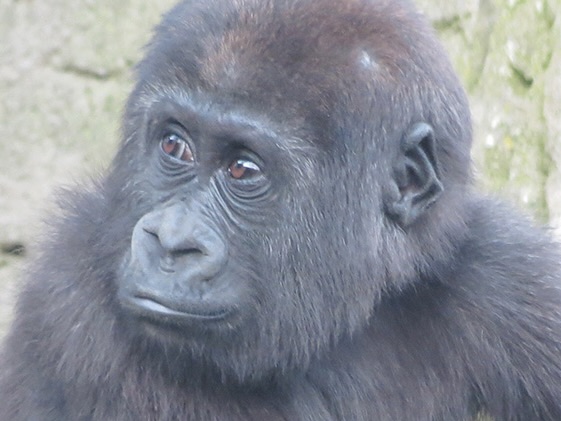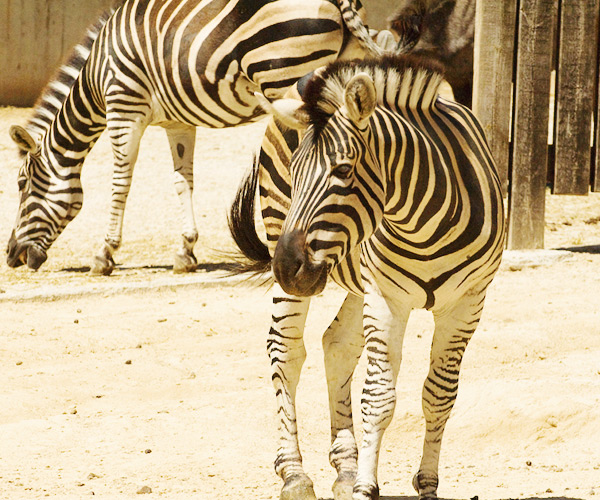Instantly recognizable by the black and white rings on its tail you will know it, the Ring-tailed lemur is the most famous of its species.
Lemurs areclose relative of the monkeys (prosimian), but less evolved.
A quadrupedal mammal with an elongated snout, its hands and feet have opposable thumbs. Its hind limbs are longer than its forelimbs and end in large feet with differentiated toes.
Adapted to the arboreal life, it clings to branches without problems, and can jump up to two meters high.
Endemic to the south and southwest of Madagascar, it is one of the most iconic symbols of the amazing island.
Both young and adult ring-tailed lemurs like to squeeze their body against others.
They live in close-knit groups of15 or even 25 individuals, both on the ground and in the branches of trees: There is only one male in each family, who mates with all the females and is father of all the infants. After 160 days of gestation, the female has a newborn that clings to her belly and a week later climbs onto her back. Infant and mother will keep their heads in contact until the former reaches independence.
Opportunistic frugivores, lemurs feed on fruit and leaves, although they have been seen eating soil, insect larvae, and arthropods.
